Federal Shutdown Demonstrates the Importance of Refuge Staff
The federal government shutdown that has come down hard on Alaska’s National Wildlife Refuges is a forewarning of the consequences of another budget cut. Most staff were sent home two weeks ago and are not being paid. Those deemed “essential staff,” which usually means the refuge manager and possibly a maintenance worker, must keep working through a shutdown although they aren’t being paid either.
Visitor centers that would normally be open in the winter are shuttered – in Homer (Alaska Maritime Refuge), Soldotna (Kenai Refuge) and Kodiak. All public programs are canceled, including school programs, community programs, and special events like Migratory Bird Day. Field work is paused, except for that mandated by legislation such as what’s required to run the trapping season in the Kenai Refuge or the biological work necessary to support hunting seasons such as Izembek Refuge’s annual Pacific Black Brant population study. This is the only field work going on but the staff or contractors involved are at least being paid. Refuge land, trails, campgrounds, and public use cabins are still open to the public but there is no maintenance, so if you visit, please bring your own toilet paper, take out your own garbage and please treat facilities with care.
Shutdowns are hard on staff. All projects and forward momentum are lost. Inevitably federal dollars are wasted in a budget environment where there was so little to begin with. On top of what the refuge staffs have already been through this year, this is a tougher one than most. So far, it doesn’t seem like any staff have been terminated, which would be illegal, but is happening in other agencies. Any further reductions in the refuge budget for FY26 will be even harder on staff.
Please help so that Refuge staff can go back to work and keep doing what they love – caring for our refuges and sharing their wonders with school children and visitors.
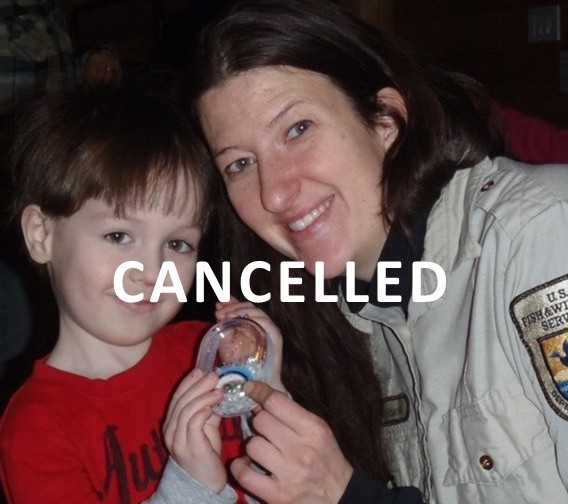 What You Can Do:
What You Can Do:
1) Document the impacts of the shutdown. If the lack of Refuge staff impacts your use of refuges, visitor centers or educational programs or has an economic impact on you or your business, please send notes to Friends so we can elevate them in advocacy with policymakers.
2.) Call, email, or meet with your U.S. Senators and Representatives. Ask for their support to pass a continuing resolution (CR) that funds the U.S. Fish and Wildlife Service and its National Wildlife Refuge System, and to include language safeguarding federal fish and wildlife management in any budget negotiations. Share specific local impacts you or your community are seeing (e.g., closed Refuge offices, cancelled programs, vandalism, lack of maintenance, lack of information about hunting and fishing seasons, disrupted collection of necessary biological data). Encourage them to press for protections in any subsequent appropriations package. Yes, I think it’s important to make clear that the CR is not the end of it.
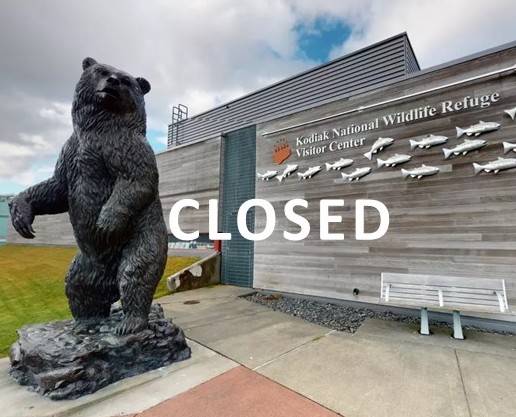
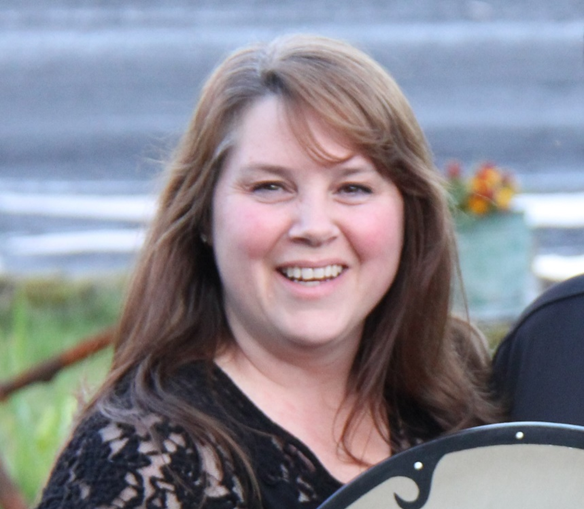
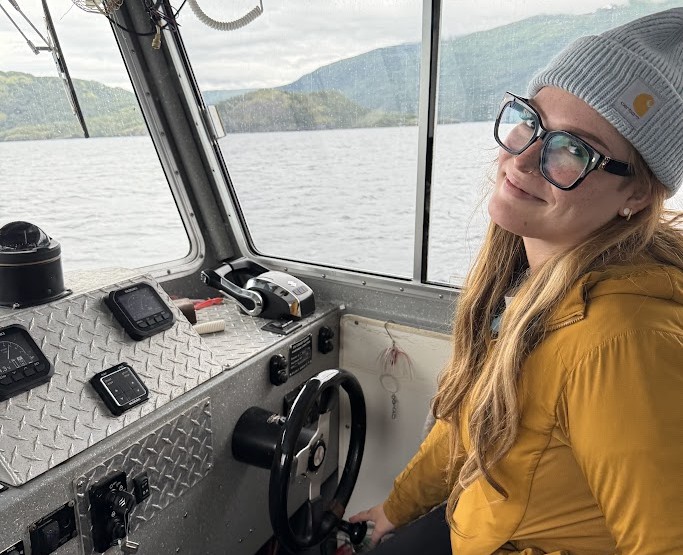

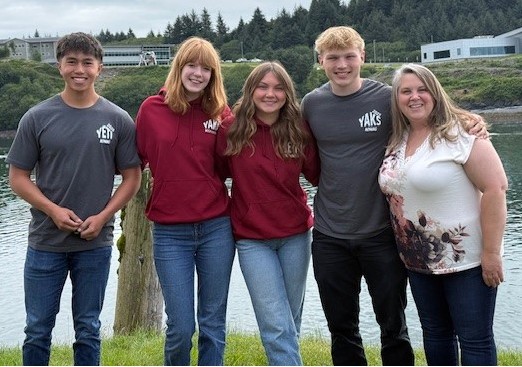
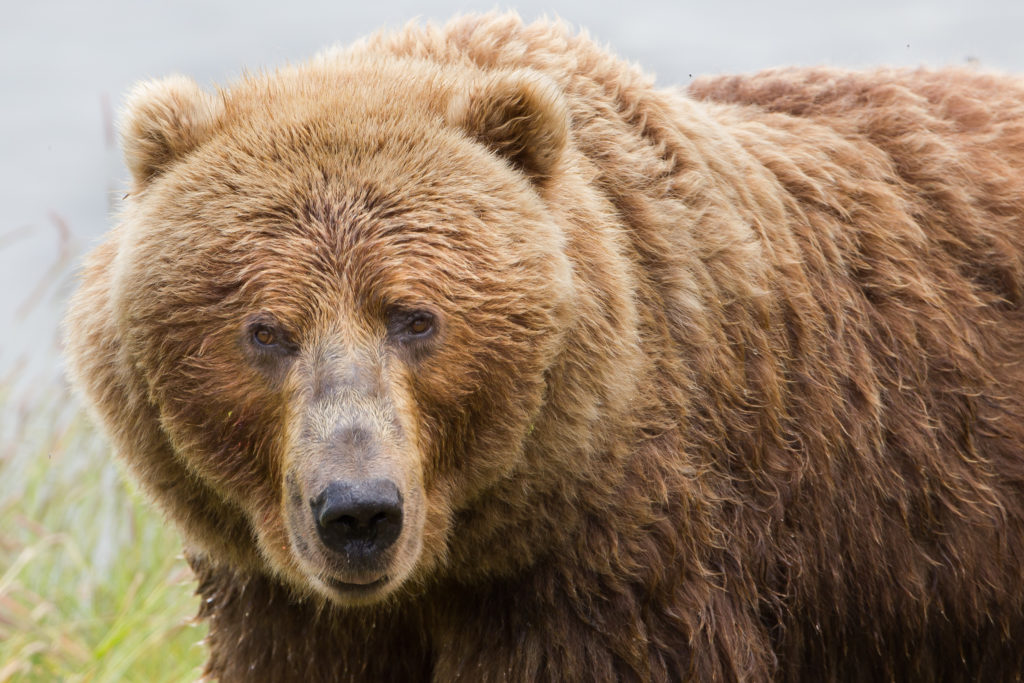
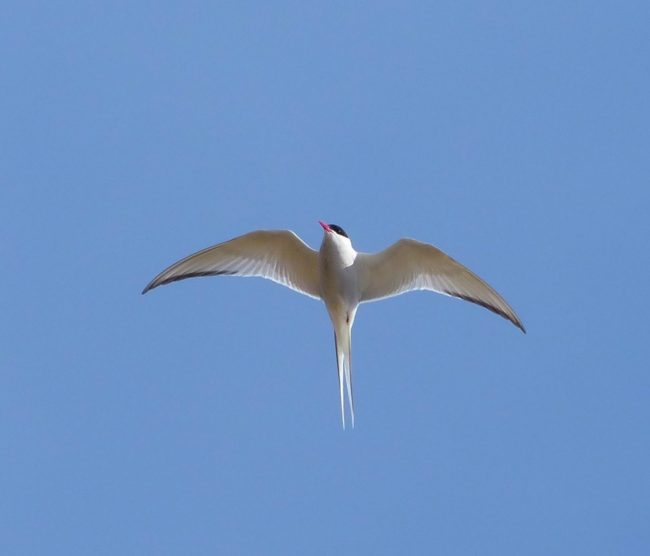
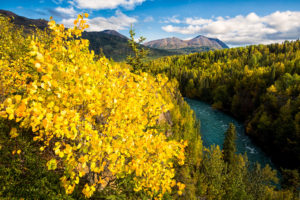
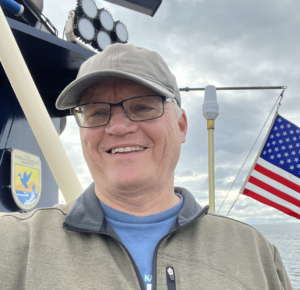
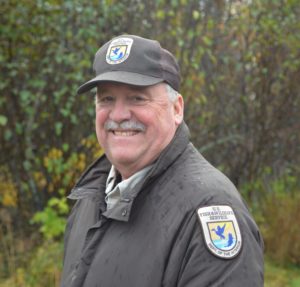
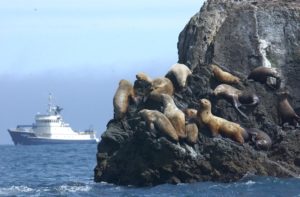
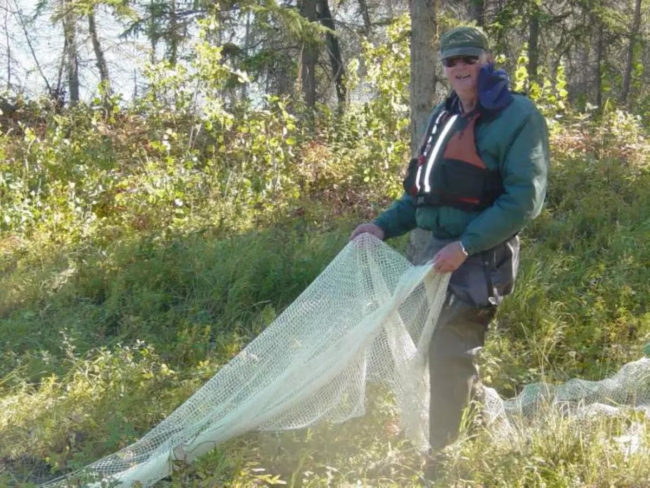


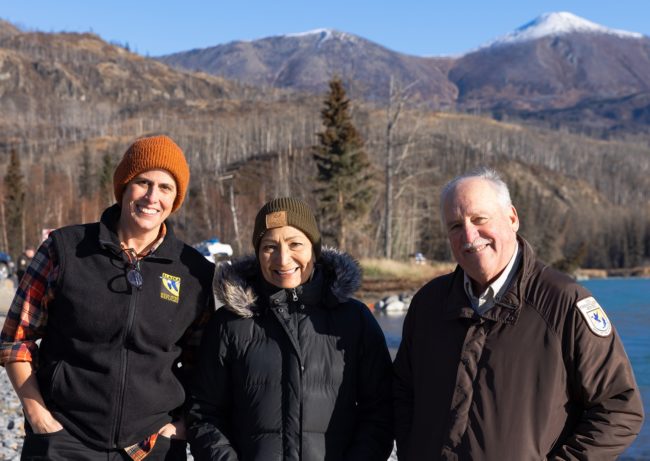
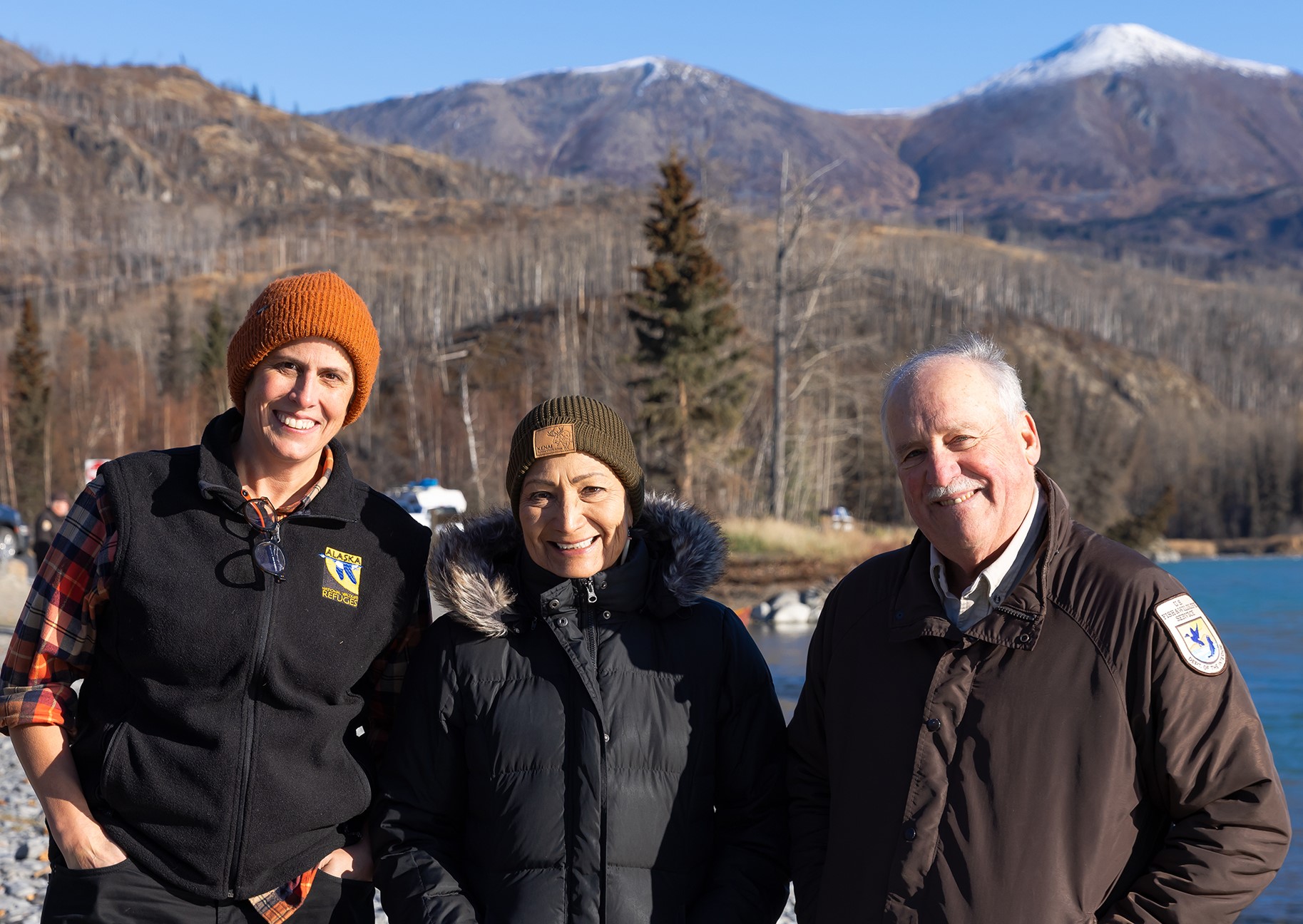
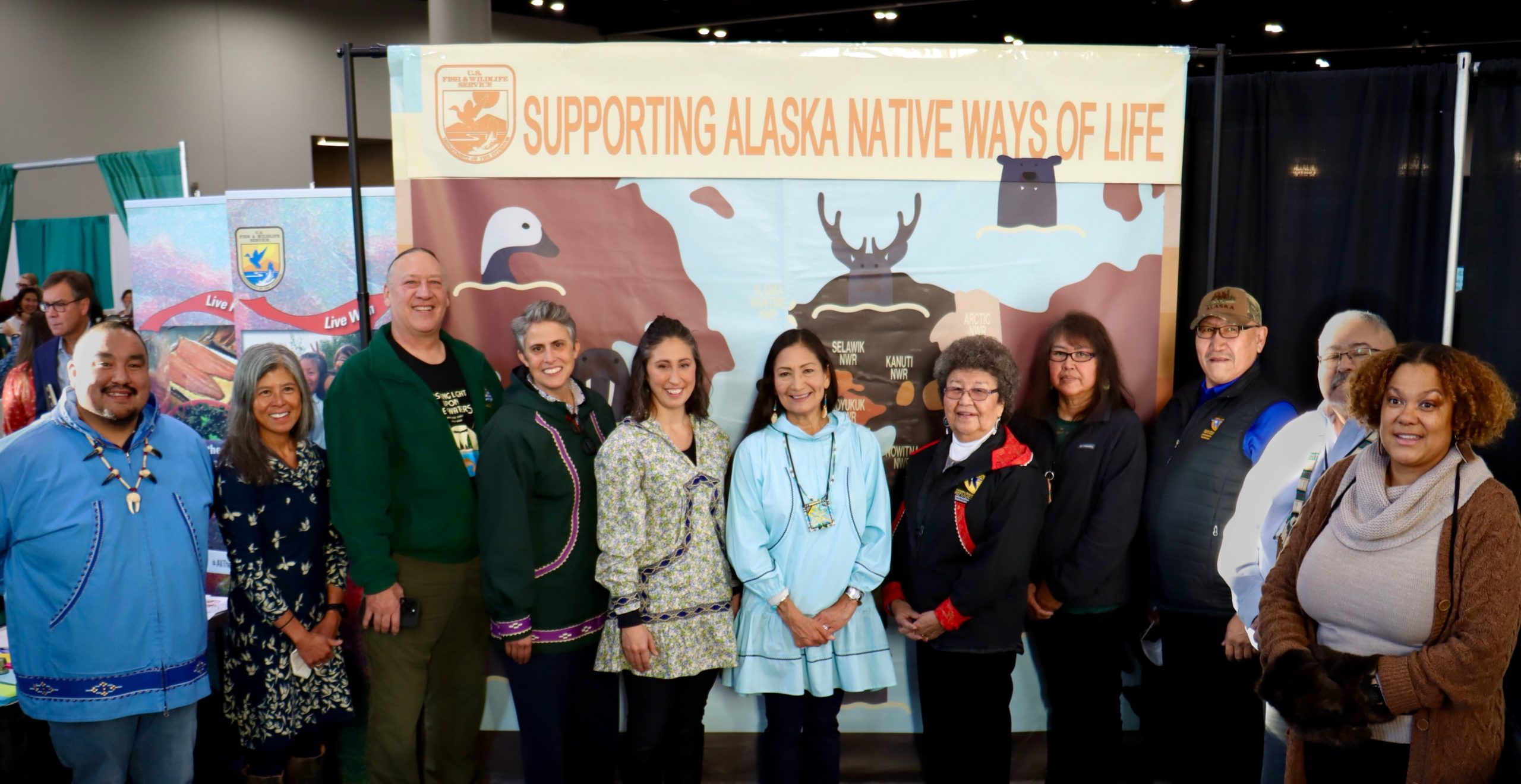 Secretary Haaland (center) on her visit to the FWS booth at AFN in Anchorage
Secretary Haaland (center) on her visit to the FWS booth at AFN in Anchorage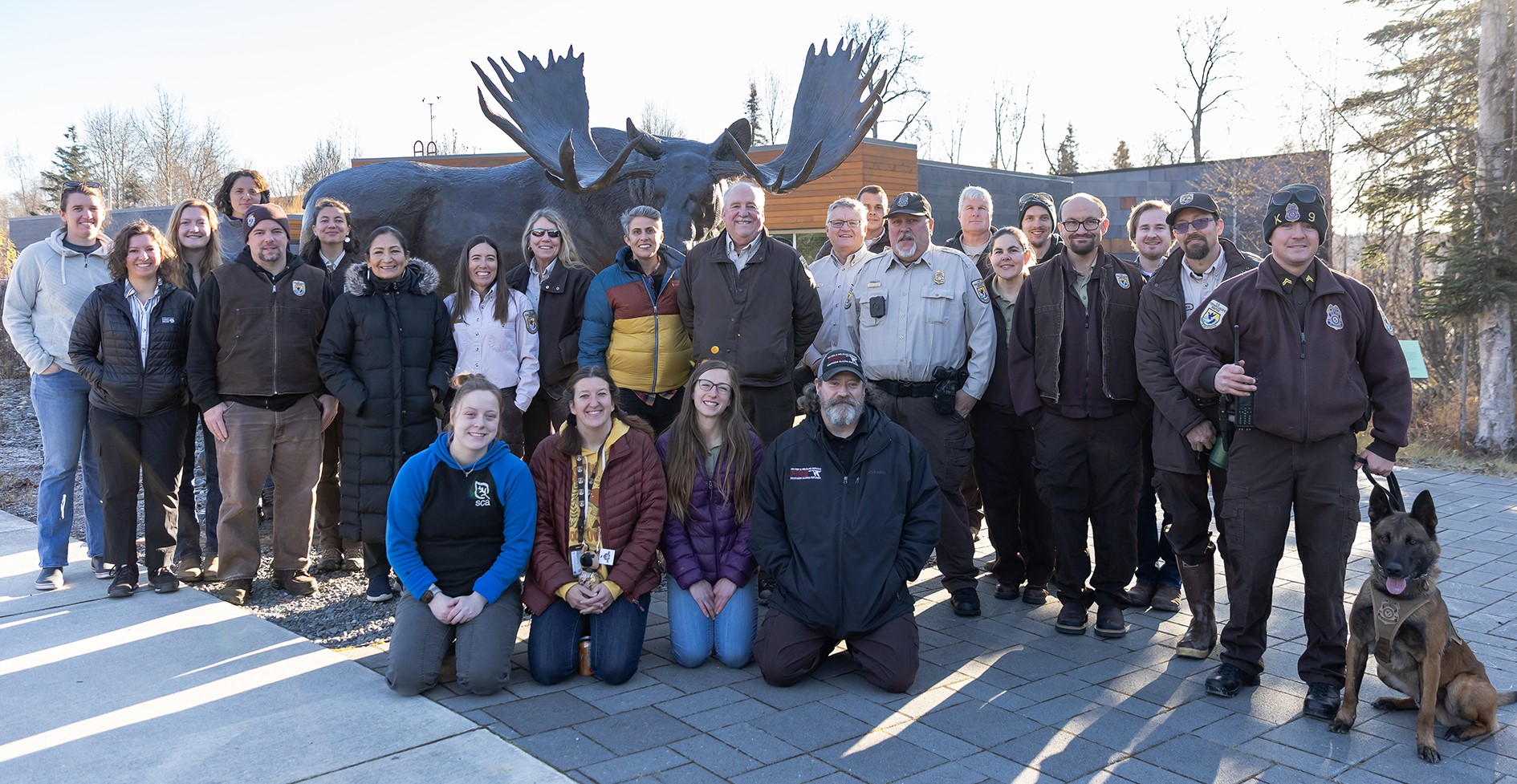 Even K9 Officer Togo turned out with all the Kenai Refuge staff to be photographed with the Secretary in front of the Kenai Refuge’s Moose. pc Lisa Hupp/USFWS
Even K9 Officer Togo turned out with all the Kenai Refuge staff to be photographed with the Secretary in front of the Kenai Refuge’s Moose. pc Lisa Hupp/USFWS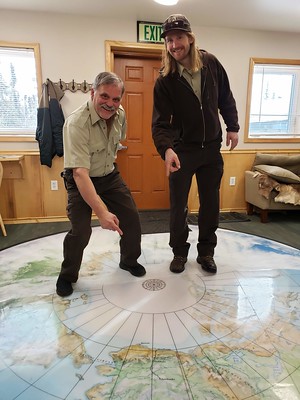
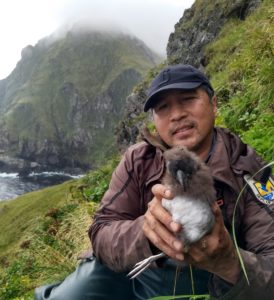
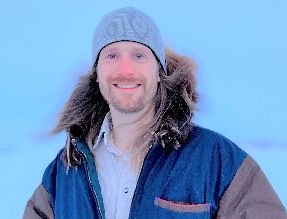
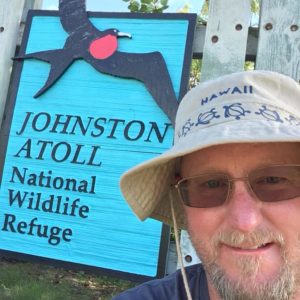
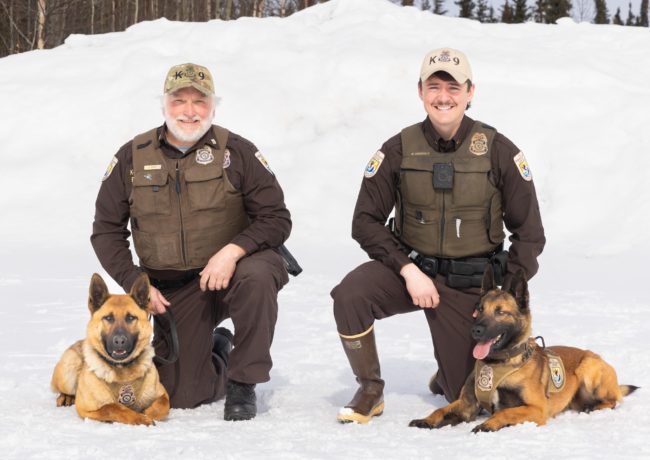


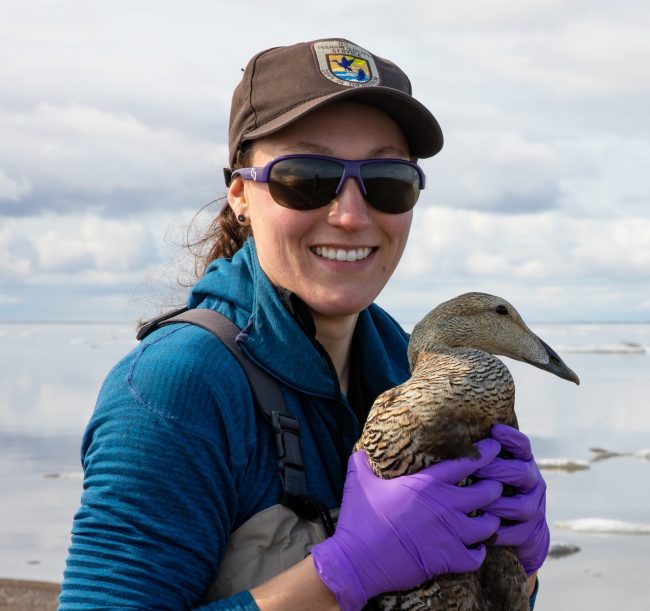
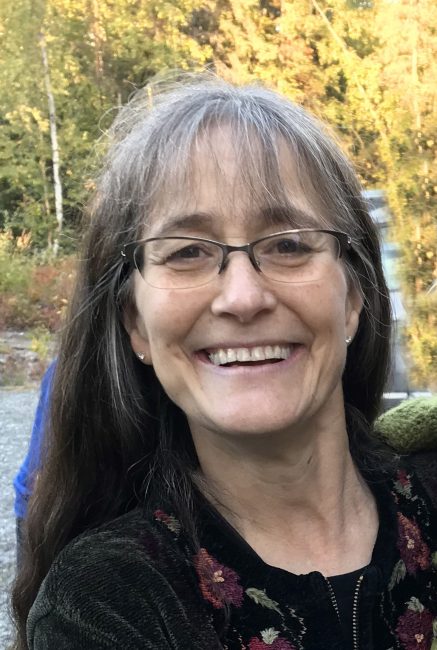
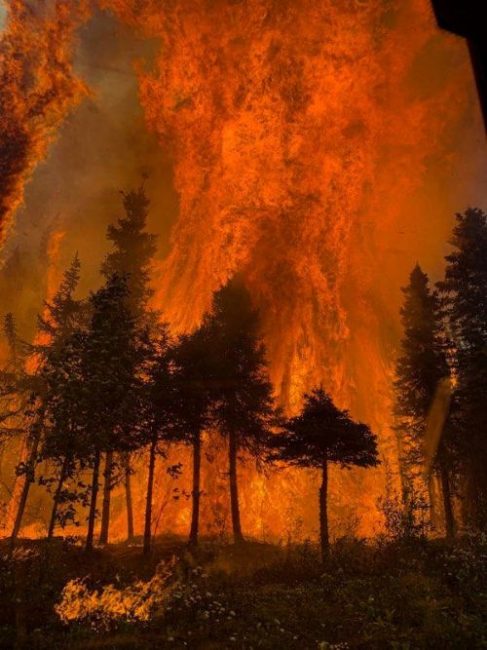
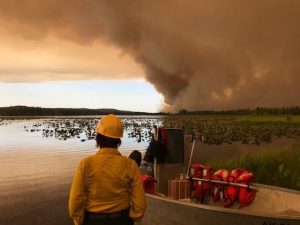 A real benefit of this fire is that it is burning up heavy fuels which will make the towns and the refuge much safer for decades from the risk of a more catastrophic fire. Kenai Refuge biologists learned in earlier studies that black spruce burns about every 80 years, and it has been 80 years since this area last burned. In the higher elevations, the fire is burning up spruce bark beetle-killed white spruce. It is a fire-dependent landscape and will adapt. Positive impacts on wildlife will come as the fire will alter the habitat to an earlier successional stage where “moose food” such as aspen and birch will sprout in the burned areas. The fire has exhibited some extreme fire behavior burning in the tundra and riparian areas. The negative impacts of that on wildlife are yet to be determined. The biggest human impact from the fire has been the smoke which has been particularly hard on communities east of the refuge. Numerous refuge trails, campgrounds, and public use cabins have been closed due to smoke and fire crews working in the area but none have been damaged so far. The famed Swan Lake Canoe Route, just west of the fire, has also not been impacted.
A real benefit of this fire is that it is burning up heavy fuels which will make the towns and the refuge much safer for decades from the risk of a more catastrophic fire. Kenai Refuge biologists learned in earlier studies that black spruce burns about every 80 years, and it has been 80 years since this area last burned. In the higher elevations, the fire is burning up spruce bark beetle-killed white spruce. It is a fire-dependent landscape and will adapt. Positive impacts on wildlife will come as the fire will alter the habitat to an earlier successional stage where “moose food” such as aspen and birch will sprout in the burned areas. The fire has exhibited some extreme fire behavior burning in the tundra and riparian areas. The negative impacts of that on wildlife are yet to be determined. The biggest human impact from the fire has been the smoke which has been particularly hard on communities east of the refuge. Numerous refuge trails, campgrounds, and public use cabins have been closed due to smoke and fire crews working in the area but none have been damaged so far. The famed Swan Lake Canoe Route, just west of the fire, has also not been impacted.